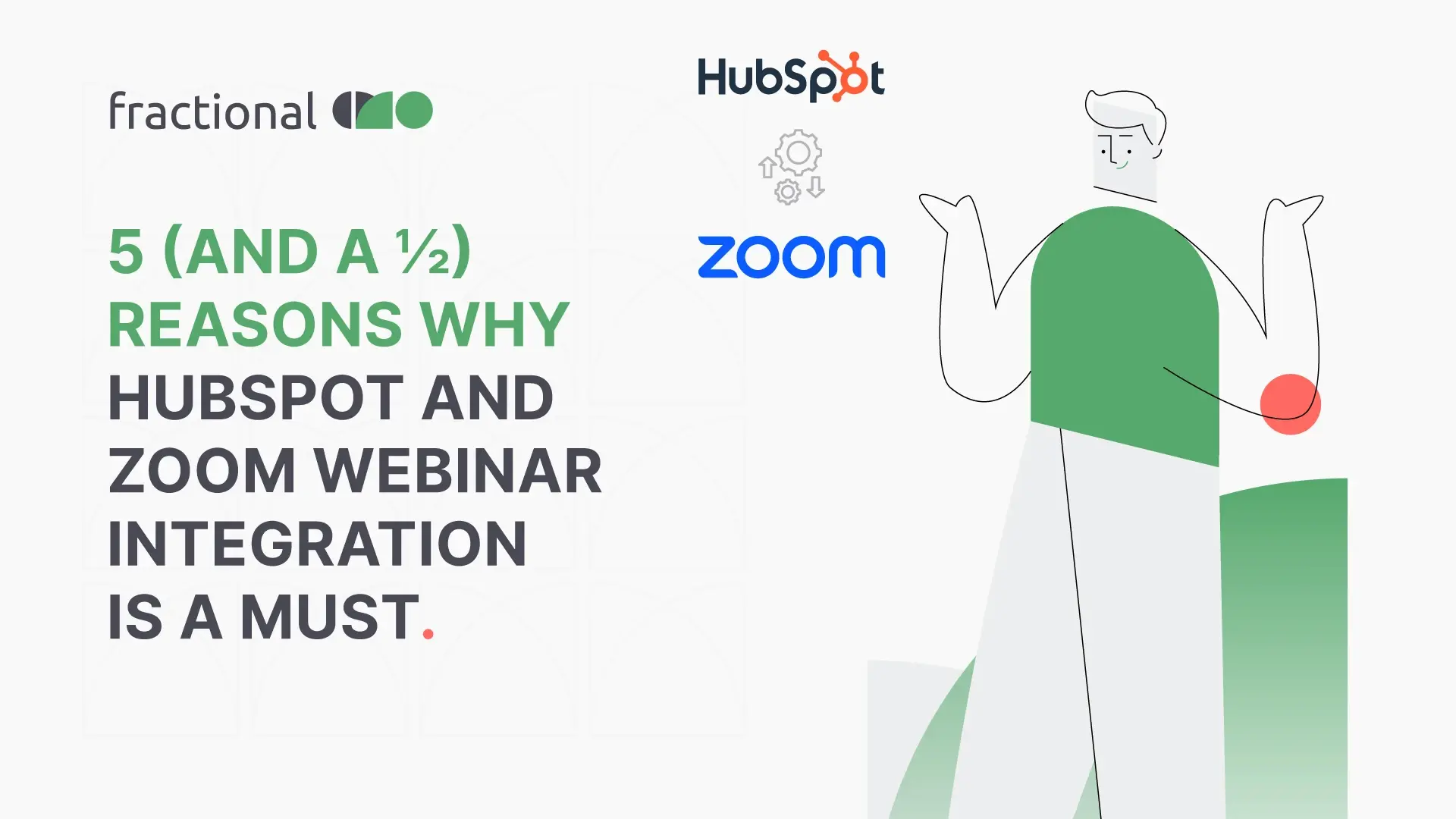Omkar, Srikanth, Shreyansh & Ishneet Discuss Aspects of Building a Successful RevOps Model

Andy Rooney once said, “Everyone wants to live on top of the mountain, but all the happiness and growth occurs while you’re climbing it.”
Growing a business is never easy. You have to keep up with industry trends, know all the buzzwords, be up-to-date with the latest tools in the market, and even then you might lag behind. However, this uphill battle gives you the most valuable learnings.
Our RevOps podcast is a great way for you to learn RevOps concepts that will help your business zoom past your expectations in no time. 🚀
In this episode, our marketing manager, Ishneet Kaur, chats with industry leaders to help decode for the audience what RevOps is, how it can work wonders for your business, and how one can build a successful revenue operations model.
In this episode, we have Omkar Nadh, marketing operations manager, and founder at Marketing Ops India Group, Srikanth Vadrevu, senior marketing ops manager at Clarivate, and Shreyansh Surana, RevOps leader.
Together they explore what is revenue operations, tips to build a healthy MarTech stack, and how data analytics can help unlock the true potential of RevOps when done right.
So what exactly is Revenue Operations?
.gif?width=349&height=252&name=giphy%20(25).gif)
Addressing the elephant in the room, Omkar explains that RevOps is a relatively new term and so is RevOps as a function. Only when businesses realized there was a misalignment between crucial functions such as sales, marketing, and customer success, did they come up with revenue operations, which act as a bridge between these functions and help them stay on the same page.
He adds, “(it’s) like basically unleashing the power of one, rather than, four different teams working towards one goal – revenue.”
“This entire narrative has now become one team, one goal.”
Speaking about how RevOps helps break down silos, Shreyansh points out that before RevOps became a thing, the entire lifecycle of a deal - from booking to revenue realization, was not studied properly. With RevOps, the approach has become more holistic.
For example, to understand the buyer’s journey for personalized messaging, the marketing team may need data from sales teams (whether the lead has contacted the business, what was the origin of this lead) or the customer satisfaction team (is the customer looking for a sister product, are they facing any issues)
Without revenue operations, the flow of information would be hampered between functions, and standalone information would lack context.
Furthermore, over time other functions have been added under the RevOps umbrella — such as finance, and technology.
Srikanth chips in to say how early discussions between the client and RevOps professionals can lay down a roadmap for the next course of action. From a revenue operations perspective, this would take into account all pain points and client requirements across functions.
Moreover, when you bring customer success into the fold of RevOps, you ensure that feedback is taken and then worked on.
Omkar emphasizes the importance of two key elements: data analytics and tech integration. He points out that because of the holistic approach of RevOps, companies have access to contextually rich data that can be used to draw valuable insights.
On the other hand, when tech integration is implemented with alignment in mind, it is more likely to address the requirements and goals of the entire team.
“It's a PPT scenario: people, process, and technology.”
Commenting on how all the functions have always been tied together in their goal of achieving revenue, Shreyansh says that marketing brings in leads which are then converted into customers by the sales team, after which customer success teams take their feedback. None of these teams work in a vacuum.
In any business, there are people who need to understand the processes enabled by the technology. RevOps brings these key aspects of a business together, which is why data is key - you’d need to analyze data before you make any kind of effort, since "spraying and paying” doesn’t work anymore. There’s science to everything and decisions need to be backed by data.
“Strategy first, technology next.”
Pointing out how early businesses tend to shop for their TechStack with little foresight, Srikanth points out that businesses should focus on first getting the hang of tools already available to them.
Most tools come with a basic level version that is free to use (or is comparatively cheaper) and early businesses should opt to use these basic tools, experiment with what works for them (and what doesn’t), and give themselves the time to calibrate with their people and processes (the 2 Ps of the PPT).
This helps businesses avoid unnecessary expenditures and gives them the time to figure out what tools work best for their goals - after all, every business is different and there is no blueprint that applies to each one of them.
There are tools for every team’s specific needs, as each team has its own objectives, however, the end goal for every team should be one — building revenue. You should align your tools to your goals, and not the other way around.
“One tool needs to speak to another tool.”
This is why even though teams may use different tools, these tools need to be integrated, so the flow of information is continuous.
Omkar quips – to have contextually rich data, integration between tools is important. Data analytics requires a vast pool of data, and integrations are a great way to get your hands on data that is sound and makes sense. Third-party apps like Zapier are a great way to achieve that.
You work with the marketing teams to enrich prospect information, sales teams for better forecasting, and customer success teams to get better customer information.
Furthermore, your processes need to be optimized continuously to ensure a perfect reporting process.
“Consistently trust data and take decisions.”
Highlighting how the lack of trustworthy data was creating friction between teams, Shreyansh points out that teams used to quarrel internally over the reliability of data. This, in turn, was affecting end-user experience.
This friction can be solved by the integration of tools and updating the data constantly. Any kind of misalignment can slow things down, and will ultimately badly impact your revenue.
Bridging the gap between marketing and sales with SDRs
When asked about the role of SDRs in a revenue operations model, Omkar explains that the SDRs were brought in to bridge the gap between sales and marketing. They help the company generate high-quality leads and ensure that sales teams do not waste their time on leads unlikely to convert.
Srikanth points out that the maturity level of SDRs is also important, as senior-level SDRs come with a lot of experience as well as industry insights, and their pre-existing knowledge can prove to be an invaluable asset.
Conclusion
Revenue operations consulting can push your business to achieve its goals faster and better! Be it tech integration, lead scoring, and multiple other revenue facets, RevOps experts at Fractional CMO would be delighted to guide you through your success story. Contact us today to get your marketing operations up and running at lightning speed!










